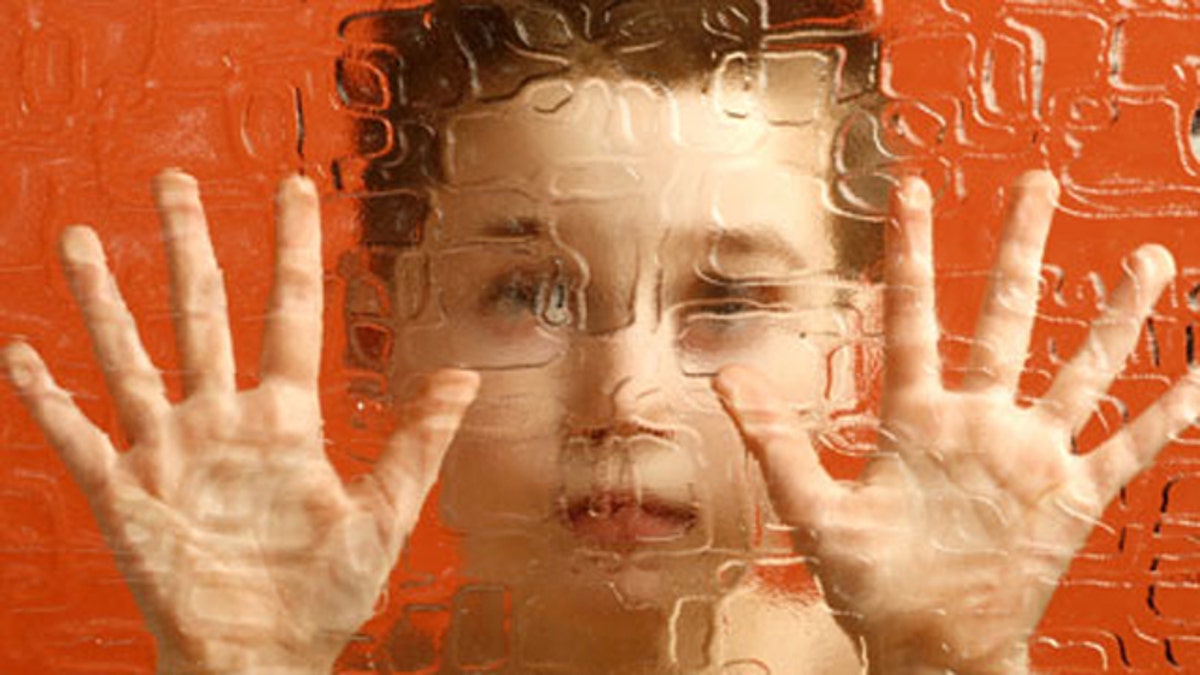
(iStock)
Imagine being told that your child would never give you a hug or say, “I love you.” Imagine that your child would never live independently. Many parents of children with Autism Spectrum Disorder (ASD) and other developmental disabilities face these realities every day. ASD is used to describe a group of developmental disorders which range in severity, symptoms and level of disability. These include autism, Asperger’s syndrome, and other disorders which affect a child’s ability to communicate and socialize.
April is Autism Awareness Month and provides an opportunity to highlight the importance of support for research, early intervention, timely diagnosis and appropriate treatment.
The national statistics are startling. One in 68 children in the United States is diagnosed with ASD. In addition, there are increased rates of intellectual disabilities, ADHD, learning disabilities and fetal alcohol spectrum disorder. It is clear that the need to address our children's developmental health has reached a critical stage.
Signs and Symptoms
Many children with ASD will show developmental differences from a very young age. They may reach milestones such as sitting, crawling and walking, but differences can be seen in spoken language and social behaviors. There is also a great deal of variability in how each individual child acts. Some early warning signs include:
? Not making or keeping eye contact;
? Not responding to a parent’s smile or facial expressions;
? Not saying single words by 16 months of age;
? Not being soothed by human contact;
? Engaging in odd, repetitive mannerisms;
? Having difficulty with change;
? Sensitivity to sounds, light, texture, and smells.
Scope of the Problem
More children are being diagnosed with ASD than ever before. In the 1970s, Autism affected approximately 1 in every 10,000 children. In recent years, there has been increased research examining possible reasons for the rising rates of ASD, but much work remains to be done. The increased prevalence of these diagnoses is partly due to a better understanding and earlier identification of the symptoms. Parents who suspect that their child may have ASD should ask their pediatrician for a full assessment and, if necessary, a referral for early intervention.
Current Treatment
Though there is no medical cure for ASD, research shows that frequent treatment and well-rounded therapy is the most effective way to ensure success for children with ASD. The greatest success rates are reached through a combination of therapies that include applied behavioral analysis (ABA), speech and language therapy, occupational therapy and social skills training. ABA involves reinforcing positive behaviors and is one of the most clinically proven, evidenced-based interventions for children with ASD. For children with ASD, speech and language therapy addresses articulation, expressive communication, language delays, and swallowing/feeding issues and occupational therapy helps children with play, socialization, sensory issues, motor skills and oral functioning. However, it is important to work with a care provider to establish a treatment plan specifically for each child. There is no set formula for treating ASD as each child is unique and his or her needs vary by the way the individual level of functioning across the spectrum.
Hope for the Future
A diagnosis of ASD is often frightening and overwhelming for parents. It is difficult to learn that a child may have a lifelong developmental disability. But with early diagnosis and intervention, many children with ASD can make significant progress in their overall functioning. Many can be mainstreamed into a regular classroom at school and many of these children develop loving, caring and meaningful relationships with their parents, families and friends.
Public Awareness
Given the national prevalence rates, it is highly likely that most Americans will know or interact with a family impacted by ASD. Take time to learn more about ASD and the impact it can have on children and their families. Be understanding of situations that may cause a child with ASD to be emotional or challenged. For example, if you see a child having a temper tantrum in the grocery store, don’t immediately assume the parents do not have control of the situation as many children with ASD get overstimulated in public situations. Children with autism can have a difficult time making friends, so encourage your child to be inclusive and accepting. Invite your friend’s child to participate in a play group or family outing and ask the family how best to have your child interact with him or her. And most of all, help raise awareness by advocating for access to services which are much needed by families. Many states have less than adequate services for children with ASD and many insurance companies do not provide the level of coverage needed.
When parents, extended families, healthcare providers, caregivers and lawmakers work together, great outcomes can be achieved that will undoubtedly have a meaningful impact on the future of children with autism.
Dr. Alan Kadish is President of Touro College and University System. Touro’s Nevada campus is home to the Center for Autism and Developmental Disabilities which provides comprehensive services and resources for children, families, and other health care providers and promotes early detection of symptoms and intervention implementation.
